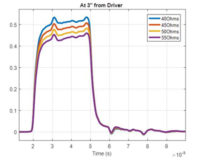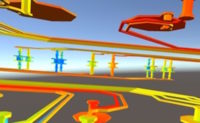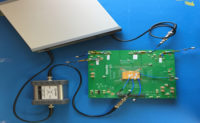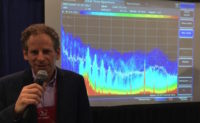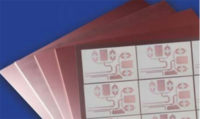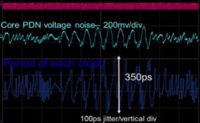It's a fact, the older I get, the dumber I become. I came to that realization while thinking about this eternal question engineers have about placement of high speed DC blocking caps in serial link channels. A few years ago I would have been able to recite the pros and cons without hesitation, but now, after playing manager for a few years, before I answer I have to pause and think about it. Fortunately the answer comes back quickly and I can still sleep at night. I find this topic interesting for a few reasons; one, it's a very practical issue found in almost every high speed design, and second, and perhaps more importantly, it's one of those topics were intuition might lead you the wrong way.

